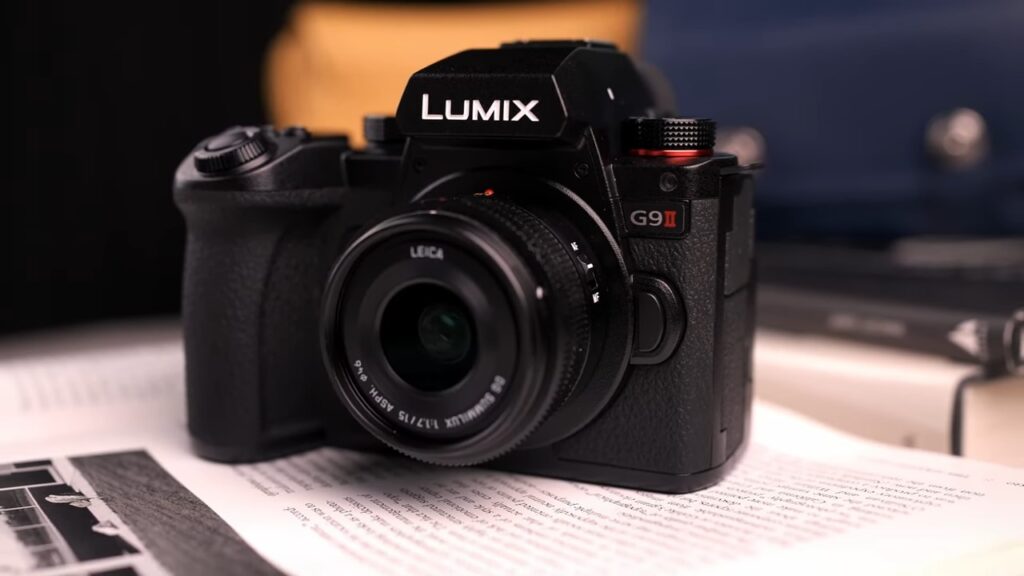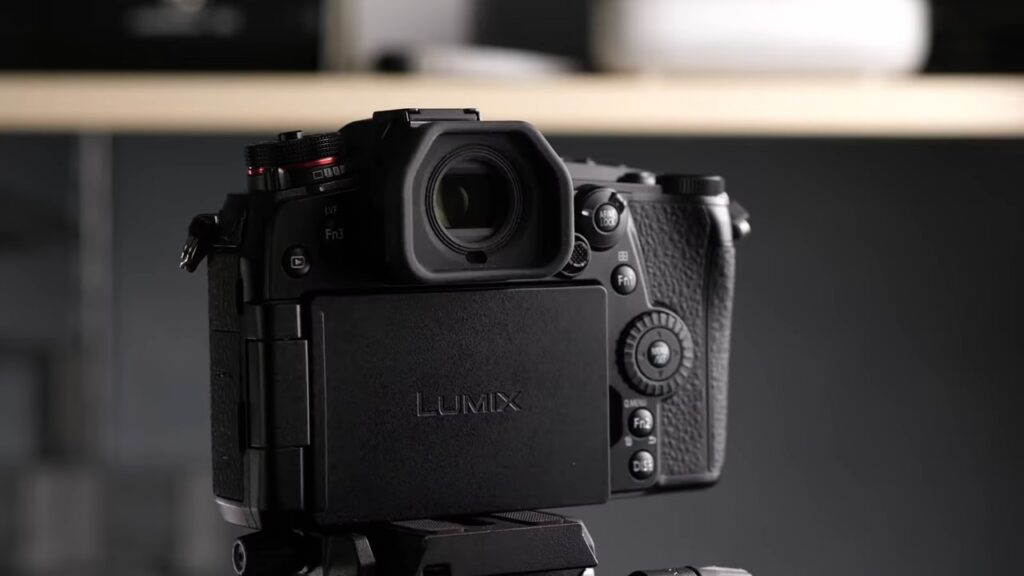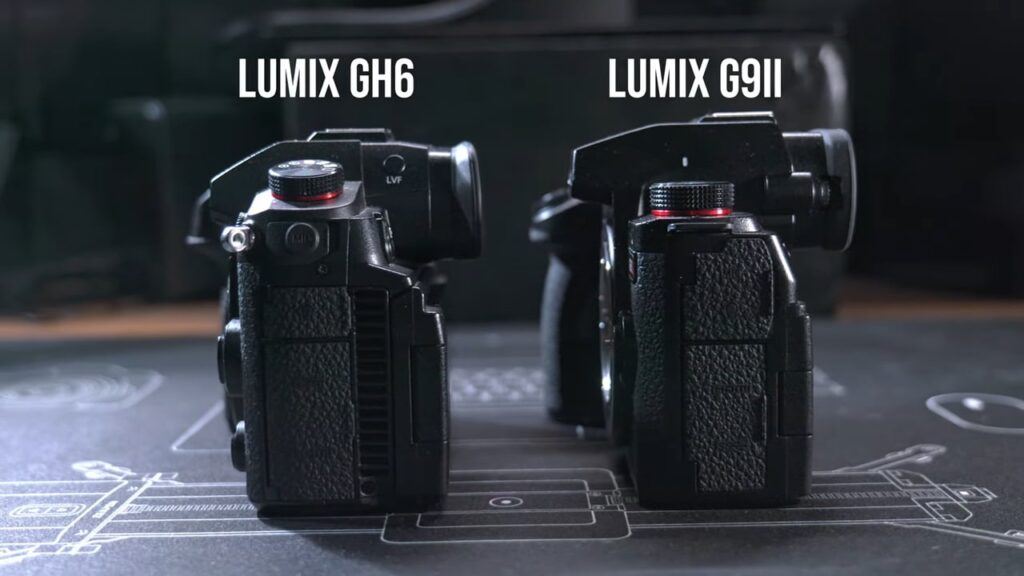
Newsletter Subscribe
Enter your email address below and subscribe to our newsletter


In today’s fast-paced world, capturing the perfect moments often requires having the right equipment at your fingertips. Panasonic’s Lumix G9 II is here to make your photography and videography experiences smoother and more enjoyable. Building upon the success of its predecessor, the G9, this new camera boasts exciting features and improvements that promise to elevate your creative journey.
The Panasonic Lumix G9 Mark II is a versatile micro four-thirds camera that serves as an upgrade to the original Lumix G9, boasting several improvements in autofocus, subject detection, and video capabilities. This review will delve into its specifications, features, compare its performance with other cameras, and provide insights into the user experience.

One of the standout features of the Lumix G9 II is its impressive speed and responsiveness. With a shooting speed of up to 60 frames per second and the ability to maintain autofocus during high-speed bursts, this camera is a reliable companion for capturing fast-paced action and dynamic scenes.
The In-body Image Stabilization is a game-changer, offering an 8-stop stabilization that ensures your static shots are steady even at long focal lengths. When used with optically stabilized lenses, the results are exceptionally smooth, rivaling action cameras for stability.
Panasonic’s incorporation of a face detection autofocus system with 779 detection points significantly enhances the camera’s focusing capabilities. This system offers fast and precise autofocus even in low-contrast or backlit situations, making it an ideal choice for both photographers and videographers.
In the realm of video, the Lumix G9 II stands out with its open gate 5.8K 4×3 video recording. This feature is invaluable for reframing and accommodating various platforms. It also supports 4K video at up to 120 frames per second in 10-bit 422, delivering impressive video quality for content creators.

While the Lumix G9 II shines in various aspects, it’s essential to understand its place in the market. The camera excels at capturing fast-action scenes and offers an array of video features, but its image quality, especially at higher ISOs, may not rival larger sensor cameras. If you prioritize low-light performance and ultimate image quality, you may want to consider alternatives in this price range.
In real-world testing, the Lumix G9 Mark II’s autofocus system excelled, especially when tracking moving subjects. Whether shooting fast-moving subjects or vlogging-style videos, the camera delivered impressive results. The subject detection feature, including animal eye detection, was accurate and helpful in a variety of situations. The video autofocus was smooth and responsive, making it a suitable choice for videographers. During our testing, the Lumix G9 II showcased its strengths in speed and stabilization. The ability to shoot at 60 frames per second with no blackout or limitations is a game-changer for capturing fast-moving subjects. The face detection autofocus system proved incredibly reliable, even with challenging subjects, ensuring we got the perfect shot every time.
The image stabilization system, both in-body and in conjunction with optically stabilized lenses, provided smooth footage even at extreme focal lengths. This made the Lumix G9 II an excellent choice for vlogging or capturing action sequences where stability is crucial.
The Panasonic Lumix G9 Mark II is a significant upgrade over its predecessor, offering a robust and versatile micro four-thirds camera. Its advanced autofocus capabilities, including subject detection, put it ahead of many competitors. Whether you’re a photographer or videographer, the G9 Mark II’s performance, combined with its ergonomic design and 4K video recording, makes it a compelling choice in its category.
In conclusion, the Panasonic Lumix G9 II is a strong contender in the world of micro four-thirds cameras. Its speed, stabilization, and video capabilities are its standout features, making it an excellent choice for those who prioritize action photography or videography. However, it’s essential to consider your specific needs, as its image quality in low-light situations may not be as strong as some competitors. If you’re seeking a versatile and speedy camera for your creative projects, the Lumix G9 II is worth serious consideration.
Disclaimer: The camera tested was a pre-production unit, and pricing information was not available at the time of testing.